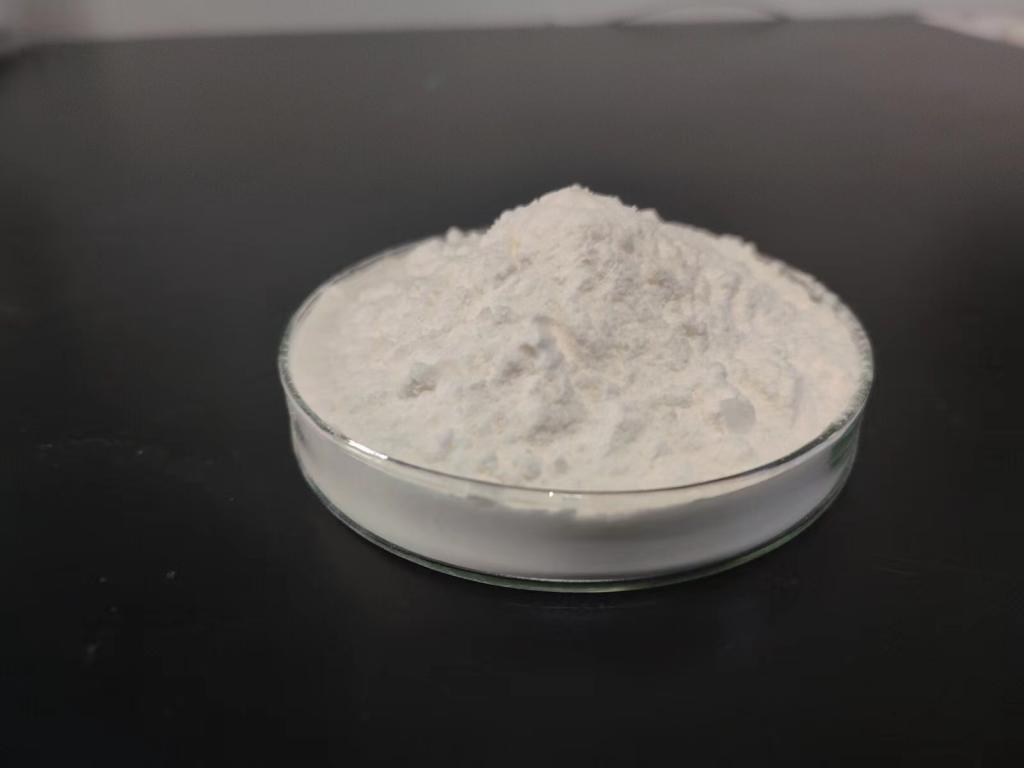Tel:+8618231198596

News
 CONTACT
CONTACT
 CONTACT
CONTACT
- Linkman:Linda Yao
- Tel: +8618231198596
- Email:linda.yao@dcpharma.cn
- Linkman:CHARLES.WANG
- Department:Overseas
- Tel: 0086 0311-85537378 0086 0311-85539701
News
Harnessing ε-Polylysine Hydrochloride for Precision Control of Microbial Growth in Food
TIME:2024-02-06
Understanding ε-Polylysine Hydrochloride
1. Natural Origins
ε-Polylysine hydrochloride is a cationic homopolymer composed of L-lysine monomers linked by epsilon-amino linkages. It is naturally produced through the fermentation process of Streptomyces albulus.
2. Antimicrobial Properties
One of the key attributes of ε-Polylysine hydrochloride is its antimicrobial activity against a broad spectrum of microorganisms, including bacteria, molds, and yeast. This property makes it an effective tool in preventing spoilage and maintaining the safety of various food products.
Mechanism of Action
1. Cell Membrane Disruption
ε-Polylysine hydrochloride interacts with microbial cell membranes, disrupting their integrity. This disruption leads to increased permeability and eventual cell lysis, preventing the growth and proliferation of spoilage microorganisms.
2. Inhibition of Biofilm Formation
Biofilm formation is a common strategy employed by bacteria to adhere to surfaces and resist antimicrobial agents. ε-Polylysine hydrochloride inhibits the formation of biofilms, further enhancing its efficacy in controlling microbial growth in food processing environments.
Applications in Food Preservation
1. Meat and Poultry Products
In the meat and poultry industry, where the risk of bacterial contamination is high, ε-Polylysine hydrochloride is applied to control pathogens such as Salmonella and Escherichia coli. Its ability to extend shelf life while maintaining the sensory qualities of the meat makes it a valuable tool for processors.
2. Dairy and Cheese Production
Dairy products are susceptible to spoilage by various microorganisms. The incorporation of ε-Polylysine hydrochloride in cheese production not only enhances safety but also contributes to the preservation of the unique flavor profiles of different cheese varieties.
3. Bakery and Confectionery
In baked goods and confectionery, mold growth and staling are common challenges. ε-Polylysine hydrochloride addresses these issues by inhibiting the growth of molds and maintaining the freshness of products, aligning with consumer preferences for clean-label ingredients.
Advantages of ε-Polylysine Hydrochloride in Food Preservation
1. Natural and GRAS Status
Being a natural product derived from microbial fermentation, ε-Polylysine hydrochloride holds Generally Recognized As Safe (GRAS) status. Its natural origin aligns with the clean-label trend, meeting consumer expectations for transparent and natural food preservation methods.
2. Temperature Stability
ε-Polylysine hydrochloride exhibits stability across a range of temperatures, making it suitable for various food processing conditions. This stability contributes to its effectiveness as a preservative in both hot and cold applications.
Sustainable Practices in Food Preservation
1. Reducing Food Waste
By preventing microbial spoilage, ε-Polylysine hydrochloride plays a crucial role in reducing food waste. Its ability to extend the shelf life of perishable products contributes to sustainability by minimizing the need for premature disposal.
2. Minimizing Synthetic Preservatives
The move towards sustainable and clean-label practices involves minimizing the use of synthetic preservatives. ε-Polylysine hydrochloride offers a natural alternative, reducing the reliance on traditional preservatives with potential environmental and health concerns.
Regulatory Considerations
1. Global Regulatory Approvals
ε-Polylysine hydrochloride has received approvals from various regulatory bodies globally, affirming its safety and efficacy. Understanding and complying with these regulations is essential for its widespread acceptance and use in the food industry.
2. Collaboration with Regulatory Agencies
Collaboration between food industry stakeholders and regulatory agencies is pivotal in establishing clear guidelines for the use of ε-Polylysine hydrochloride. This collaboration ensures that its applications align with regulatory standards and consumer safety expectations.
Future Directions and Challenges
1. Optimizing Formulations
Fine-tuning ε-Polylysine hydrochloride formulations for specific food products and processing conditions is an ongoing area of research. Optimizing its use in different matrices ensures maximum efficacy without compromising product quality.
2. Consumer Education
Educating consumers about the benefits and safety of ε-Polylysine hydrochloride is essential for its acceptance. Transparent labeling and communication can foster trust and understanding among consumers, leading to wider adoption of this natural preservative.
Conclusion
ε-Polylysine hydrochloride's role in precision control of microbial growth in food represents a significant advancement in the field of natural food preservation. As the food industry navigates the evolving landscape of consumer preferences and sustainability goals, this natural antimicrobial agent stands out for its effectiveness, natural origin, and versatility. Through ongoing research, collaboration with regulatory bodies, and transparent communication with consumers, ε-Polylysine hydrochloride has the potential to become a cornerstone in the pursuit of safe, sustainable, and high-quality food products, meeting the demands of a conscious and discerning global market.
- Tel:+8618231198596
- Whatsapp:18231198596
- Chat With Skype







